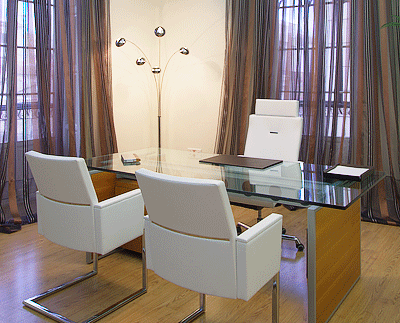Yes, I understand the numbers...I do believe that the read-noise issue is real. I simply question whether it's visible (in a pixel-peeping sort of way, mind you) in actual photographic works.
Of course that will depend on the level of demand of your application. It is not the same to use an image to build a 50x50 icon for the web (where even the worst compact camera will suffice), than to print a large copy. The extra cleaneness because of cleverly using ISO will be there for you in case you need it.
what reason is there for not using the higher ISO setting that gets the midtones at the normal, convenient level?
If there are absolutely no highlights that could get clipped, then I agree with you. There is no reason not to use higher ISO settings and I would use them. But as soon as there is some highlight source that could get clipped, its surrounding area will be better represented (softer transitions) the lower the ISO setting.
This is just a simulation, but represents the kind of unpleasant colours due to partial channel saturation thay may occur because of RAW clipping:

Another example (this one is real) in reply #3 of
this thread.
A rose by any other name. Good grief, I don't feel even a bit qualified to participate in this discussion. All I wished to know is if the abscissa of Guillermo's graphs are "photometric" or "photographic" exposure.
The abscissa is the RAW exposure measured with respect to sensor saturation (0EV), so it includes the effect of ISO (what you call photographic exposure). That is why there is a plot for every ISO. The black thick lines represent how SNR improves if you keep aperture/shutter and start to push ISO.